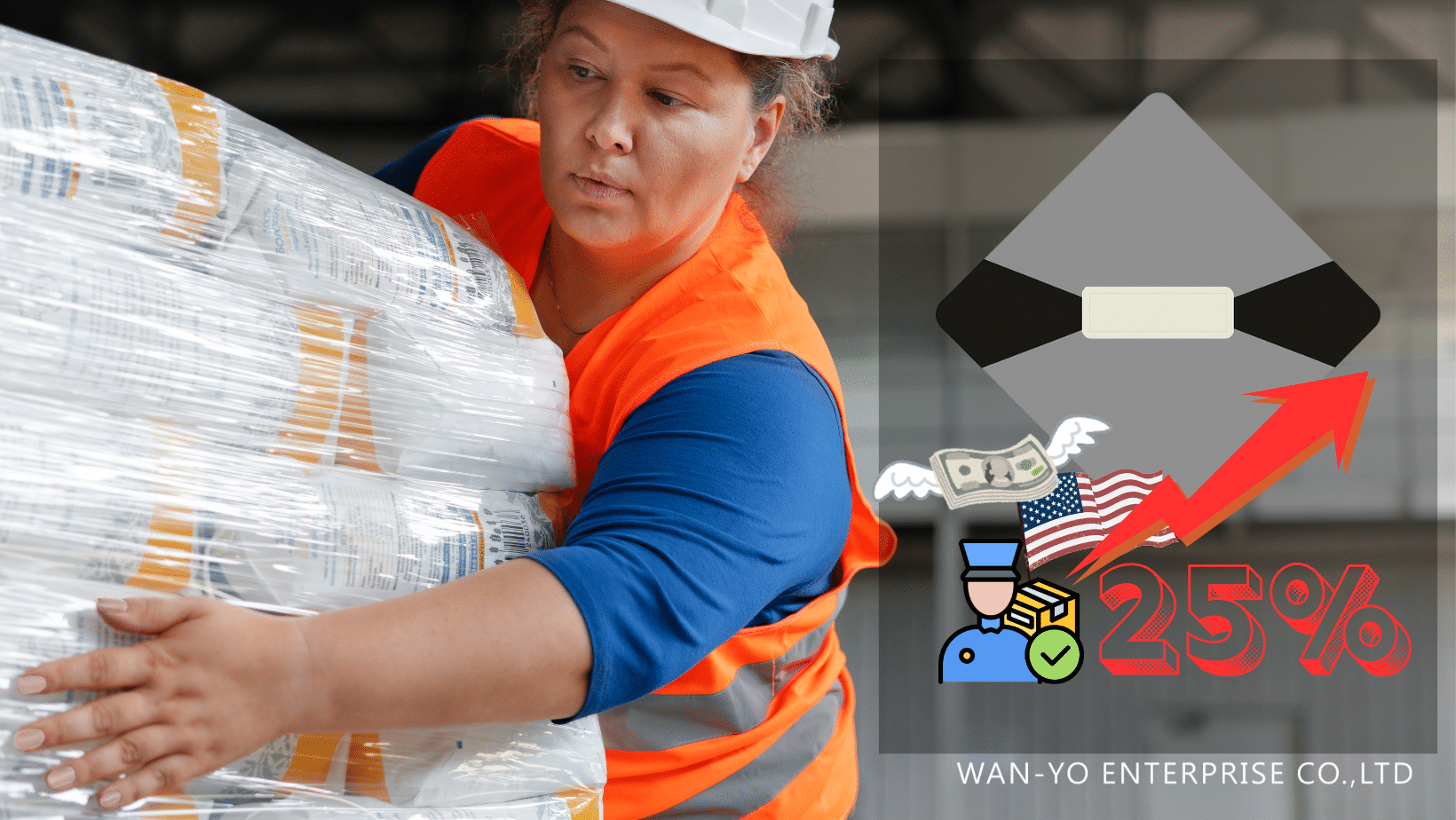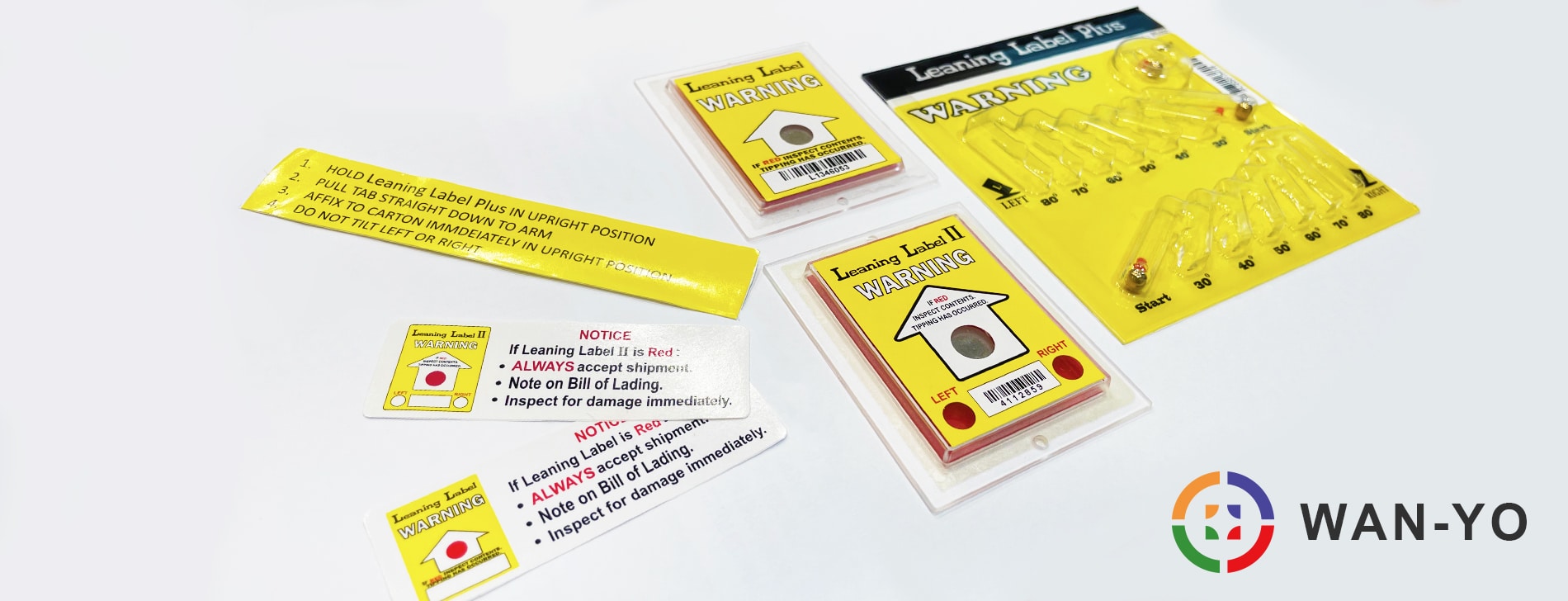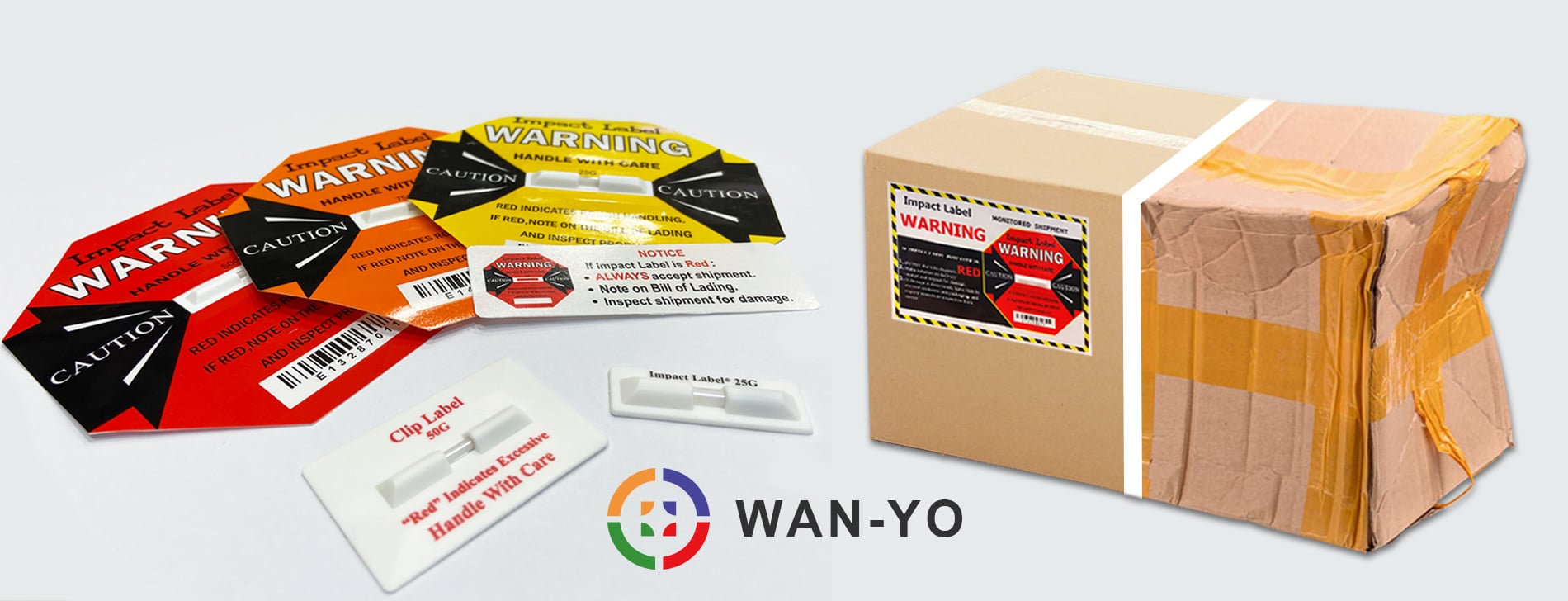- Managing Transit Damage and Protecting Goods in the Supply Chain
- Environmental Monitoring Aids in Risk Management to Protect Goods
- Leveraging Reporting and Analysis to Mitigate Transit Damage
- Leveraging Data Recorders to Mitigate Transit Damage and Protect Goods
- Enhancing Responsibility to Prevent Transport Damage
- Enhancing Supply Chain Monitoring to Reduce Transit Damage
In the dynamic landscape of global commerce, ensuring the seamless movement of goods from point of origin to final destination is a complex endeavor. However, this journey is fraught with risks, including the potential for transit damage and the receipt of defective products. The repercussions of such incidents can be significant, impacting not only financial stability but also brand reputation and customer trust.
Navigating the intricacies of supply chain management requires a multifaceted approach that addresses the myriad challenges posed by transportation and warehousing. From ensuring proper handling procedures to implementing robust packaging solutions, businesses must remain vigilant in their efforts to protect goods from harm throughout the entirety of their journey.
Throughout this guide, we delve into the nuances of mitigating transport damage and safeguarding against the receipt of defective products. By examining key factors such as handling practices, environmental conditions, and accountability measures, businesses can fortify their supply chains and minimize the risk of damage during transportation.
Join us as we explore actionable strategies and best practices for protecting goods in transit and in the warehouse, ensuring the integrity of shipments and bolstering customer satisfaction in an ever-evolving marketplace.

Managing Transit Damage and Protecting Goods in the Supply Chain
Every day, an enormous volume of cargo is transported globally, with Amazon alone shipping over 5 billion items to Prime subscribers in 2017. The number of operational shipping containers is anticipated to reach 29 million, with nearly four times as many ships at sea today compared to the early 1990s. Despite the seemingly consistent elements in the supply chain—same carriers, routes, and packaging—each shipment faces unique challenges that can result in transit damage.
Key Concerns in the Supply Chain
A variety of factors can affect a shipment’s integrity, raising several critical questions:
- Were handlers aware of the product’s fragility?
- Did they have adequate training to handle the goods carefully?
- Were the conditions at the dock, during transit, and in warehouses optimal?
- Was there a rush that led to mishandling?
These concerns are crucial for understanding the potential for transport damage.
Identifying Damage Causes
Perfect conditions from manufacturing to the end customer would eliminate damage, but the reality is different. Damage during transportation is a common issue, often surrounded by uncertainties about responsibility. It could occur at the manufacturer’s dock, during transit due to inadequate securing, or when transferring between different transport modes. Mechanical damage alone accounts for about 43% of insurance claims, while environmental factors like water and humidity contribute another 15%.
Manufacturer Responsibility and Costs
Manufacturers are often held responsible for damage that occurs during transit, affecting their reputation and incurring additional costs for repairs or replacements. The cost of goods damaged during transport exceeds $4 billion annually. Ensuring the right party bears these costs is crucial for maintaining accountability in the supply chain.
Reducing Future Risks
Understanding the specifics of any transit damage helps in identifying responsibility and improving future shipments. Recognizing mishandling during transit allows recipients to inspect for defects immediately and attribute accountability accurately. Insights into inadequate or excessive packaging can guide necessary adjustments, ensuring goods are adequately protected without unnecessary costs. This knowledge empowers businesses to protect goods better and minimize the risk of damage during transportation.
By focusing on these aspects, companies can significantly reduce instances of receiving defective products, enhance their shipping processes, and maintain a solid reputation in the market.
Read More
 |
Shipping Marks Ultimate Guide: How Do You Make? Free Template Sample! Except for handling, these marks are also utilized for identification and to keep consignments together. If your items aren’t large enough to fill a container, they must be clearly identified. That is why carton markings are so crucial in LCL shipping.
|
Environmental Monitoring Aids in Risk Management to Protect Goods
In the realm of supply chain and logistics, accurate environmental monitoring plays a critical role in mitigating Transit Damage and ensuring the integrity of shipped products. By leveraging statistical forecasting methods, big data approaches, telemetry systems, and high-resolution satellite imaging, professionals can gain a clearer understanding of in-transit cargo exposure. This is essential for reducing Damage During Transportation and enhancing overall risk management.
Modern environmental recorders provide vital data to shippers, enabling them to document and communicate deviations from standard limits for shock, vibration, humidity, tilt, and temperature. This information helps:
-
Determine Normal Shipment Circumstances
Understanding typical conditions during transit allows for better anticipation and management of potential issues that may cause Transport Damage.
-
Enhance Procedures and Packaging
By analyzing data from recorders, shippers can refine their packaging methods and handling procedures to better Protect Goods and reduce the risk of receiving defective products.
-
Recognize Product Tolerances
Knowing how much stress and environmental fluctuation products can withstand helps in designing more resilient packaging and choosing suitable shipping methods.
-
Assess Shipping Channels, Carriers, and Handlers
Data enables shippers to evaluate the performance of different shipping routes, carriers, and handlers, identifying weak points that contribute to Damage During Transportation.
Today’s advanced data recorders, equipped with GPS capabilities, can pinpoint the exact locations where mishandling occurs. Whether through simple post-trip GPS coordinate logging or real-time monitoring systems that alert shippers to issues as they happen, these tools are invaluable for making informed decisions and improving shipment outcomes.
Initially, data recorders were primarily used to resolve disputes and make accept/reject decisions. However, their role has expanded significantly. Now, they are crucial for continuous process improvement and product quality enhancement, helping businesses mitigate Transit Damage and avoid scenarios where customers receive defective products. By integrating these technologies, companies can better Protect Goods, ensuring a more reliable and efficient supply chain.
Read More
 |
Shock Recorders Help In Delivery Damage, How? The package and handling for precious or sensitive goods require high-quality transportation. Even the packaging is well and perfect, it does not refer to “perfect delivery” to the destination. The shock recorders can effectively monitor the transportation process. |
Leveraging Reporting and Analysis to Mitigate Transit Damage
Effective risk management in supply chains involves not just data generation but also thorough analysis. Utilizing advanced data recorders to generate comprehensive reports is crucial for reducing Transit Damage and ensuring product integrity. Here’s how reporting and analysis can help protect goods and address common issues like receiving defective products:
Automated Reporting
Modern data recorders automatically generate reports that visually represent the state of your supply chain. These reports can be produced upon arrival or at any point during transit, eliminating the need to manually sift through extensive data sets or compare chart recorder printouts. This automation saves time and ensures that critical information is readily accessible.
Identifying Patterns
Automated reports enable managers to identify patterns and trends in their supply chain, rather than focusing on isolated incidents. By visualizing data, managers can:
- Detect Recurrent Issues: Recognize frequent sources of Transport Damage and implement targeted solutions.
- Optimize Processes: Improve packaging and handling procedures based on consistent data, reducing the risk of damage during transportation.
- Evaluate Performance: Assess the reliability of shipping channels, carriers, and handlers, ensuring that each link in the chain contributes to the protection of goods.
Focusing on Critical Issues
With clear and concise reports, supply chain managers can prioritize and address the most significant problems. This strategic focus helps mitigate the risk of transit damage and enhances the overall efficiency of the supply chain.
Enhancing Decision-Making
The insights gained from these reports are invaluable for decision-making. Whether it’s refining packaging methods or choosing more reliable carriers, the data-driven approach helps businesses reduce the instances where customers receive defective products.
By integrating advanced reporting and analysis tools, companies can significantly minimize transit damage, protect goods throughout the supply chain, and ensure a higher level of customer satisfaction.

Leveraging Data Recorders to Mitigate Transit Damage and Protect Goods
Effective risk management in supply chains involves not just data generation but also thorough analysis. Utilizing advanced data recorders to generate comprehensive reports is crucial for reducing Transit Damage and ensuring product integrity. Here’s how reporting and analysis can help protect goods and address common issues like receiving defective products:
Automated Reporting
Modern data recorders automatically generate reports that visually represent the state of your supply chain. These reports can be produced upon arrival or at any point during transit, eliminating the need to manually sift through extensive data sets or compare chart recorder printouts. This automation saves time and ensures that critical information is readily accessible.
Identifying Patterns
Automated reports enable managers to identify patterns and trends in their supply chain, rather than focusing on isolated incidents. By visualizing data, managers can:
- Detect Recurrent Issues: Recognize frequent sources of Transport Damage and implement targeted solutions.
- Optimize Processes: Improve packaging and handling procedures based on consistent data, reducing the risk of damage during transportation.
- Evaluate Performance: Assess the reliability of shipping channels, carriers, and handlers, ensuring that each link in the chain contributes to the protection of goods.
Focusing on Critical Issues
With clear and concise reports, supply chain managers can prioritize and address the most significant problems. This strategic focus helps mitigate the risk of transit damage and enhances the overall efficiency of the supply chain.
Enhancing Decision-Making
The insights gained from these reports are invaluable for decision-making. Whether it’s refining packaging methods or choosing more reliable carriers, the data-driven approach helps businesses reduce the instances where customers receive defective products.
By integrating advanced reporting and analysis tools, companies can significantly minimize transit damage, protect goods throughout the supply chain, and ensure a higher level of customer satisfaction.

Enhancing Responsibility to Prevent Transport Damage
In the realm of supply chain management, human behavior plays a pivotal role in mitigating Transit Damage and ensuring the safe delivery of goods. Utilizing monitoring devices, such as indicators or data recorders, serves as a powerful deterrent against mishandling during transportation.
Similar to a police officer monitoring speeding drivers with a radar device, the mere presence of monitoring equipment encourages cargo handlers to exercise greater care, reducing the risk of damage. This proactive approach fosters a sense of responsibility among handlers, ultimately minimizing the likelihood of receiving defective products.
By integrating environmental data recorders into your supply chain, you gain valuable insights into the conditions your shipments encounter beyond your oversight. Armed with this information, you can adapt packaging, shipping routes, and carrier choices to better Protect Goods and mitigate the potential for Damage During Transportation.
Embracing this proactive stance not only safeguards your products but also enhances your reputation for reliability and quality, ultimately bolstering customer satisfaction and loyalty.

Enhancing Supply Chain Monitoring to Reduce Transit Damage
For years, WAN-YO has been a trusted provider of supply chain monitoring solutions, empowering clients to safeguard their products throughout transportation. Clients leveraging WAN-YO monitors to collect and analyze environmental data report significant reductions in Transit Damage within the first six months of use, often ranging from 30% to 70%.
When selecting a data logger for your supply chain needs, it’s essential to consider various factors. These include adapting to evolving compliance regulations, embracing technological innovation, and ensuring scalability to meet changing client expectations. By prioritizing future-proof solutions and flexibility, you can make informed decisions to Protect Goods and minimize the risk of Damage During Transportation. Trust WAN-YO to provide the expertise and tools necessary to optimize your supply chain monitoring efforts.
| Monitoring Indicators Series | SPECIALITY CONSULT |














